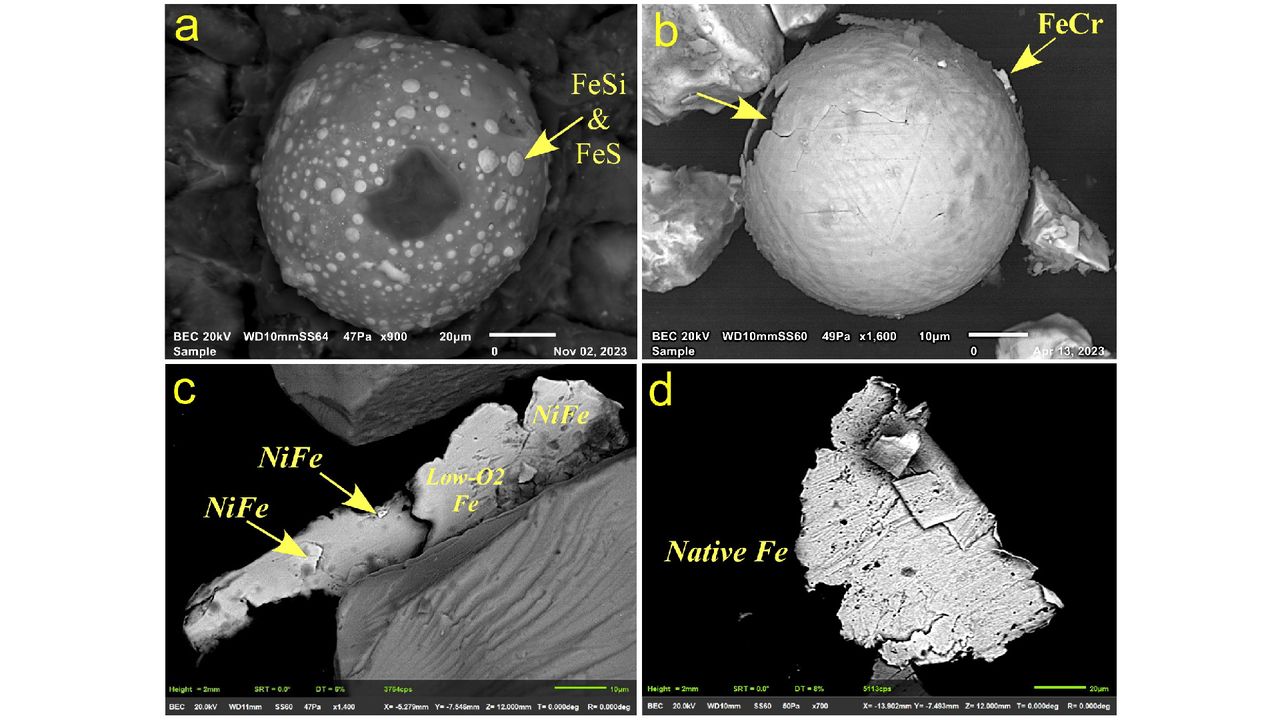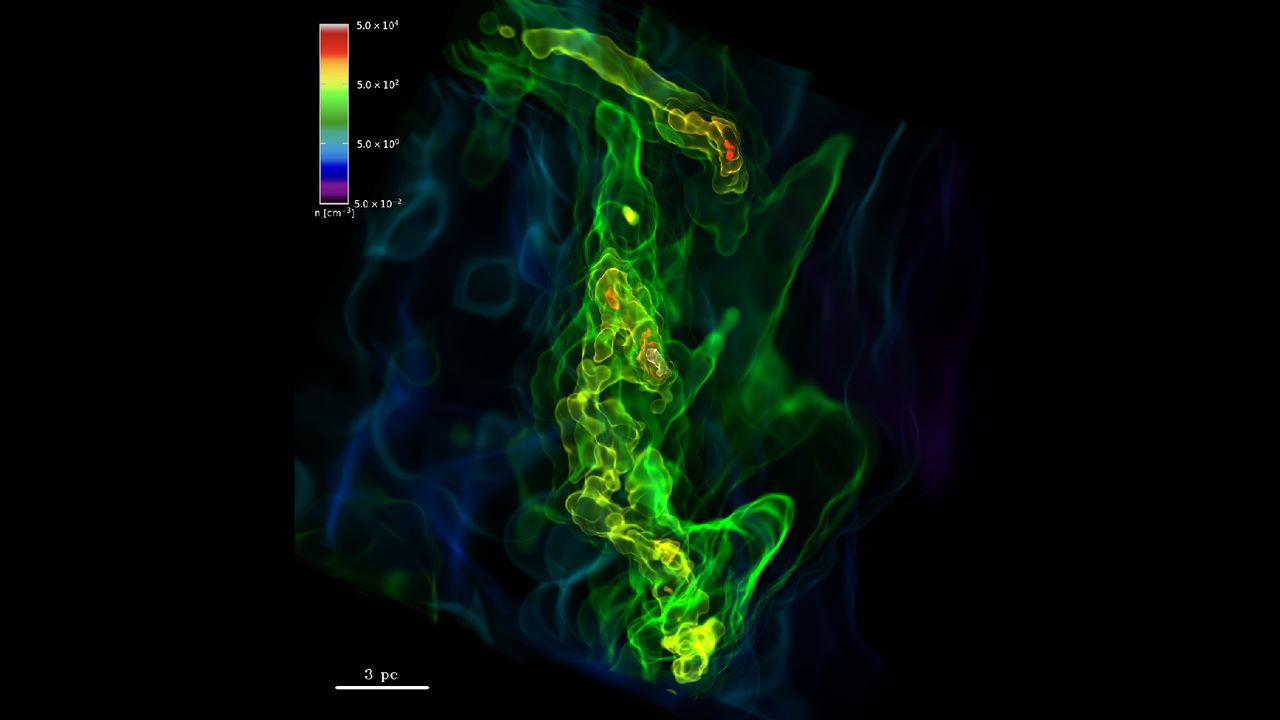Now Reading: Ancient Comet Trail Linked to Earth’s Climate Shift 12,000 Years Ago, Study Finds
-
01
Ancient Comet Trail Linked to Earth’s Climate Shift 12,000 Years Ago, Study Finds
Ancient Comet Trail Linked to Earth’s Climate Shift 12,000 Years Ago, Study Finds

Speedy Summary
- Scientists have discovered tiny particles in ocean sediment cores that hint a disintegrating comet may have caused abrupt climate change over 12,000 years ago.
- These particles, found in Baffin Bay sediments near Greenland and Canada, align with the start of the Younger Dryas period of rapid cooling.
- Evidence includes metallic dust containing elements like platinum and iridium, common in comets and meteorites. Microscopic spherical particles with potential cometary material were also found.
- The Younger Dryas is an era defined by a sharp temperature drop lasting approximately 1,200 years after slower warming trends post-Ice Age. Temperatures dropped by up to 18°F (10°C).
- Hypotheses for this event range from glacial meltwater disrupting ocean currents to impacts or atmospheric activity from a disintegrating comet. The new study supports an indirect impact or airburst theory but lacks confirmation of crater evidence.
- Researchers suggest the disintegrated comet might be linked to Comet Encke or Taurid Complex meteoric activity; further tests on other sediment cores are planned for validation.
indian Opinion Analysis
The new findings deepen understanding of rapid climate events such as the Younger Dryas, perhaps revealing mechanisms that could offer broader insights into Earth’s climatic evolution under sudden disruptions – weather by extraterrestrial phenomena or terrestrial processes like ice sheet dynamics. For India’s scientific community involved in paleoclimatology or planetary science collaborations, these results can inspire greater exploration into analogous regional impacts on climate systems during prehistoric periods.
Furthermore, India could apply these lessons to recent concerns about abrupt environmental changes triggered by current external stressors, ranging from human activities to space phenomena (e.g., asteroid tracking). While no specific link exists between this study’s findings and India’s geography or history directly so far explored globally yet its Holistic revealing inductive concepts now!

























